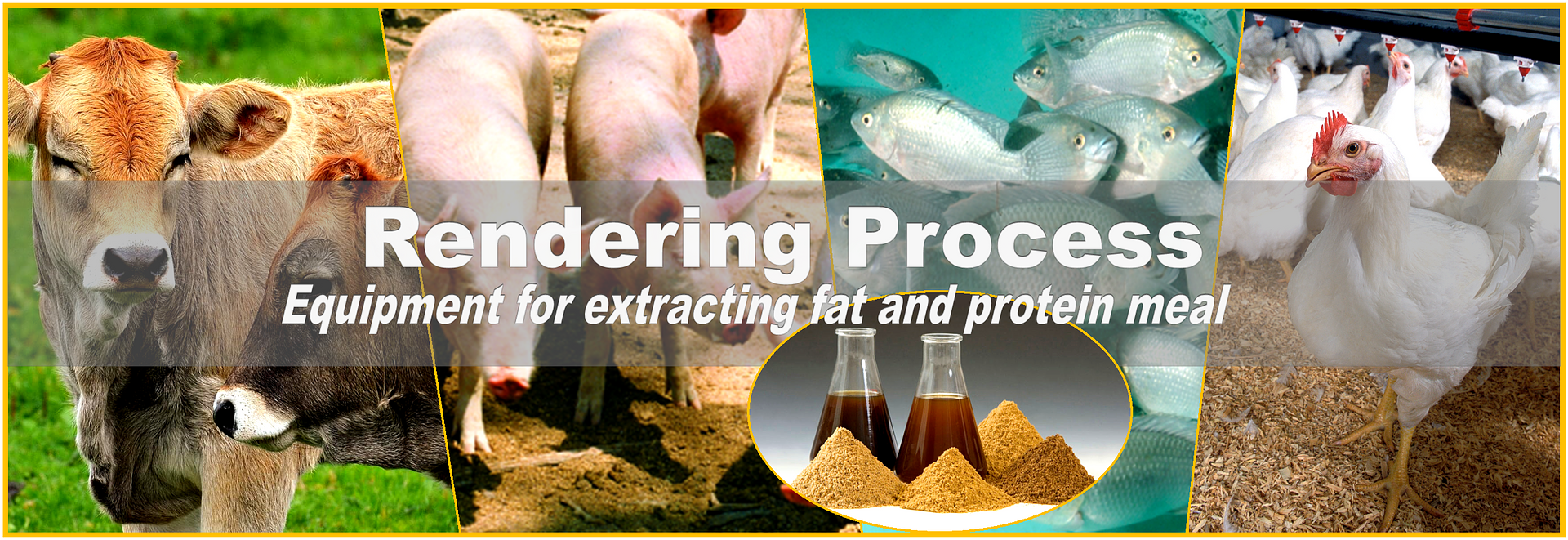Animal By-Product Recovery (Rendering)

This industry processes animal by-products from slaughterhouses or meat packing plants to produce tallow (animal fat) and meat & bone meal. The rendering process involves grinding and drying the material, then separating the fat from the bone and protein. The final products include fat commodities (e.g., yellow grease, tallow) and protein meals (e.g., meat and bone meal). Rendering cookers and expeller presses are essential for separating fat from solids.
Edible Rendering:
- Produces lard or edible tallow for food products.
- Uses a continuous, low-temperature process.
- Involves chopping, heating, and centrifugal separation to extract fat.
Inedible Rendering:
- Processes materials unsuitable for human food.
- Uses "dry" or "wet" methods to extract fat.
- Dry method: heats material to release fat, then presses to extract more fat.
- Wet method: heats with steam, then separates fat, water, and solids.
